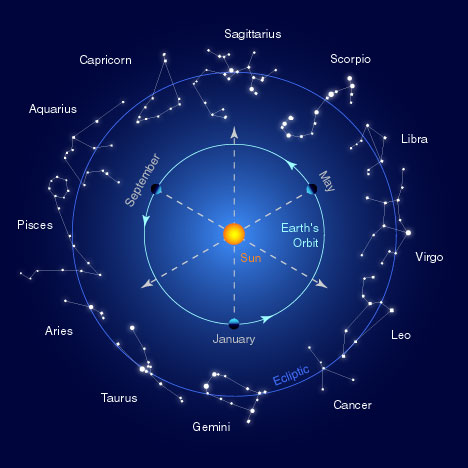Thor Goes Fishing
by Dr. Christopher Johnsen
© 2014
[HOME]
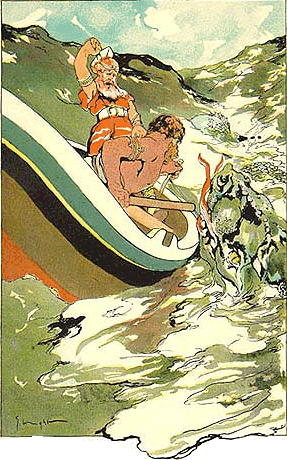 |
Hymiskviða - The Lay of Hymir - (Codex
Regius and
AM 748 I 4to) is the Norse Poem that describes the quest that Tyr and Thor
go on in order to fetch a giant kettle for the giant Aegir to use in order for
him to brew mead for the gods. Hymiskviða is one out of three Eddic poems
that tell an entire tale rather than just citing one. The other two are
Skírnismál and
Þrymskviða. All three describe visits to the home of the Giants. In
Hymiskviða, Thor goes with Tyr to fetch a kettle from Tyr’s father (or foster
father) but while at Hymer’s dwelling, Thor eats so much that he ends up going
with Hymir to fish in order to get more food.
The poem at one point uses the kenning “floating goat” to refer to Hymir’s boat.
One day after reading it, I thought to myself “How many floating goats are there
in the sky?” Only one came to mind - the half goat, half fish Capricorn,
part of the Zodiac. I then looked at the rest of the poem and several
other things occurred to me: the quest is for a giant kettle and right next to
Capricorn in the sky is Aquarius, and it seemed clear that Thor and Tyr’s quest
was an astral one.
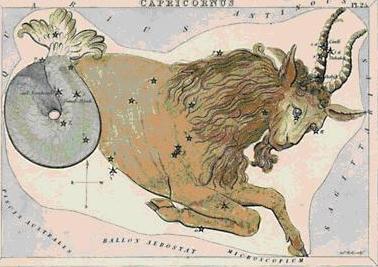
I decided that Aquarius would most likely refer to Hymir, since Hymir is the possessor of a giant kettle and Aquarius holds a giant urn (or kettle) whose Babylonian astrological symbol was a man or boy pouring water from a bucket or urn and the poem says Hymir “owns a kettle, a capacious cauldron, which is a league deep." The constellation Aquarius is made of faint stars and the water from the urn runs down into the mouth of the Southern fish, Piscis Australianus. So, even though Veurr is a “young lad” like Ganymede, the quest is to fetch Hymir’s kettle which would seem to associate Aquarius with Hymir.
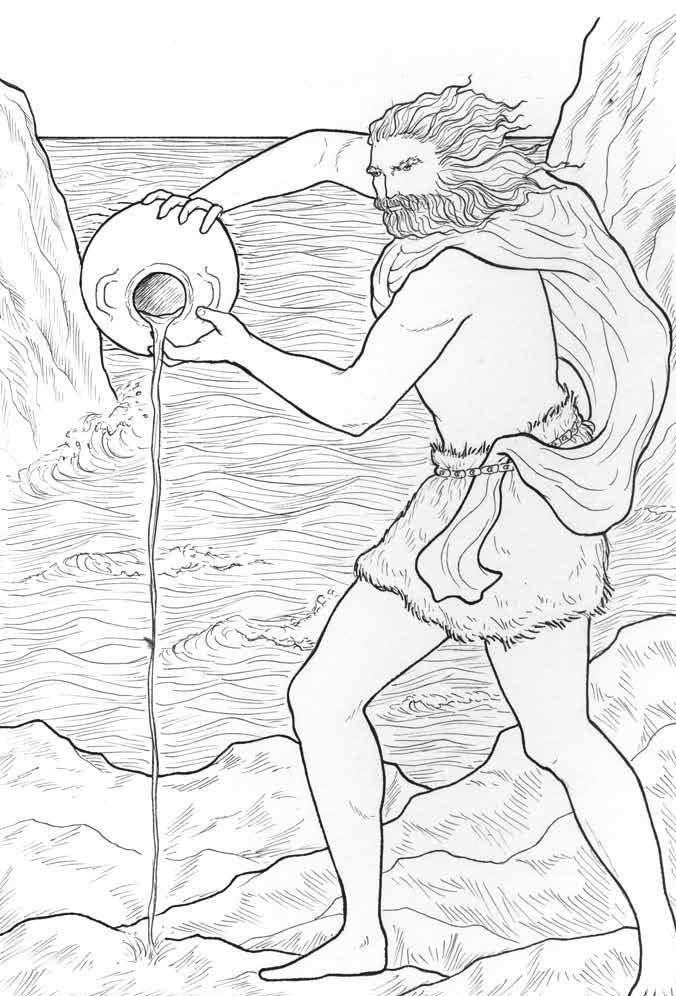 Hymir by Heather Sterling © Chris Johnsen |
Before they go out onto the water, the poem states: “Véurr said he wanted to row out to sea, if the fierce giant would provide him with bait. [Hymir says:] "Go to the herd, if you dare, you smasher of cliff-Danes, and fetch us some bait! I dare say it won't be easy for you to get bait from an ox! The lad dashed nimbly towards the forest, where he came upon an ox, as black as pitch. The high abode of two horns was snapped off the bull by the ogre's death-wisher.[Hymir says:] “Your handiwork seems much worse to the boat-master, than what you do when you are sitting still!"
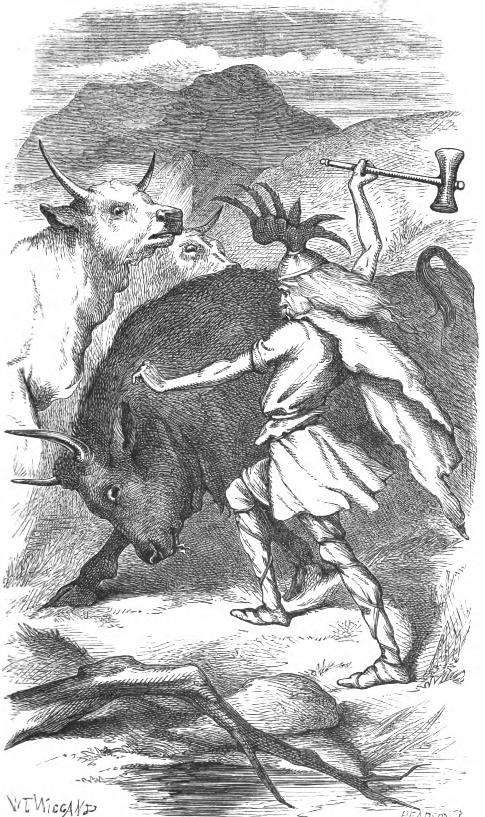 |
Only one out of the three constellations is a good fit for Thor: Orion, who holds a large club over his head. The club could be perceived as Mjolnir (or perhaps a fishing pole) and Orion is also aptly placed to be the wielder of Mjolnir (striking the head of the Ox to “snap” it off) if Mjolnir is to be thought of as the stars of the Pleiades (as Peter Krüger has conjectured).
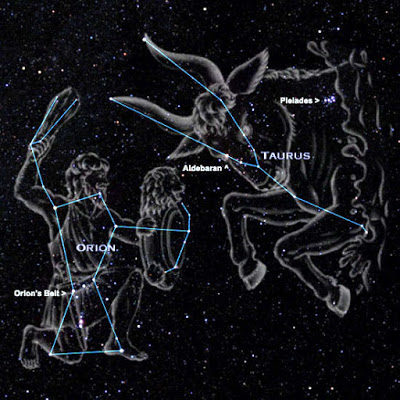
When Hymir and Thor actually row out to start fishing, Hymir catches “two whales.” Thor’s hook, baited with the ox head (Taurus), catches something else: Jormungand. What constellation would seem most likely placed to be Jormungand? Firing up the program Stellarium gave me the most obvious answer: Cetus – the sea monster, which lies just below Thor (Orion) and the ox head (Taurus). Cetus is sometimes called “The whale” but would Cetus be a better choice than Pisces for the “two whales” that Hymir catches? The placement of Orion (Thor) and Taurus (ox head) would seem to argue against it and Cetus is the sea serpent constellation.
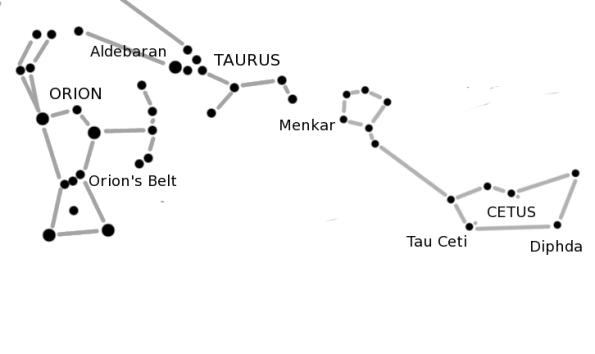
Why start at Capricorn? Capricorn is a cardinal sign and begins the winter in the northern hemisphere. In the tropical zodiac, the sun transits this area of the sky between December 25 - January 20 and January 15 to February 14 in the sidereal Zodiac. Orion is also a constellation that is observed in the winter and it is quite prominent during the winter solstice. The myth describing the death of Baldur seems most appropriately placed at the summer solstice and the two myths make a great pair, each describing the scenes in the heavens around their respective solstices.
